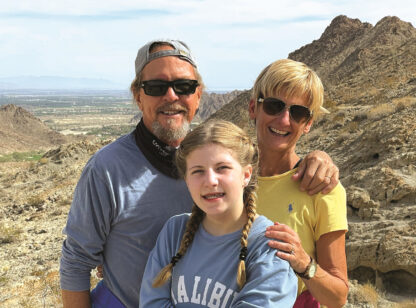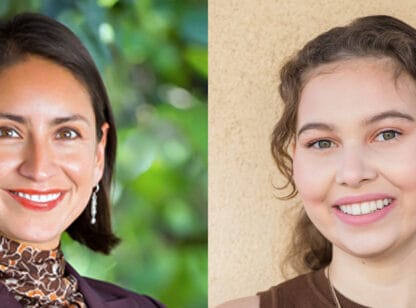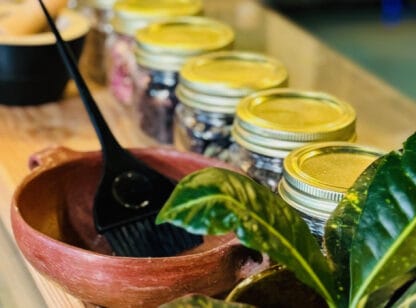 I had only heard of Transcendental Meditation™ (TM®) in the George Strait song “All My Ex’s Live in Texas.” Because of these circumstances, he lived in Tennessee, and through transcendental meditation he would return to Texas each night. “But I always come back to myself, long before daylight.”
I had only heard of Transcendental Meditation™ (TM®) in the George Strait song “All My Ex’s Live in Texas.” Because of these circumstances, he lived in Tennessee, and through transcendental meditation he would return to Texas each night. “But I always come back to myself, long before daylight.”
From this country classic, I always thought of TM® as a metaphysical practice of using the mind to transcend the body to a different place. I’ve come to find that this is not the case – at all.
The non-profit Maharishi Foundation recently opened a TM® center in Palm Springs, and I wanted to learn more. In my conversation with director Dennis Rowe, I came to understand that TM® is actually an effortless meditation technique aimed at quieting the mind for enhanced productivity and health. I also learned that the practice is not “out there” at all; it is actually used in our schools as ‘Quiet Time,’ successfully decreasing truancy rates and increasing grade point averages. It is practiced around the globe by millions, and has even been introduced in war-ravaged areas offering hope and peace to those who need it most.
What makes TM® different from other forms of meditation? “The fact that it is effortless,” says Rowe. “With other meditations, you are controlling your mind to concentrate on your breath, a mantra, or even clearing your mind, which most will agree takes a lot of effort. With TM®, the goal is to draw your mind inward where it will find an endless reservoir of peace, creativity and intelligence. It is a very satisfying place and your mind will naturally and effortlessly transcend there if given the opportunity. We call it a state of restful alertness.”
It is this effortless transcending that is responsible for the large range of documented benefits realized from TM® and published in over 350 peer-reviewed scientific journals. “We use only a fraction of our mind’s capacity,” states Rowe, “and research has shown that the TM® practice enlivens total brain functioning, where all the different parts of the brain begin to work together harmoniously, which is a natural basis for clearer thinking and more intelligent reasoning.”
The prefrontal cortex is like the CEO of the brain. It is the higher-order functions such as moral reasoning, logic, planning and decision making. The back of the brain is referred to as the primitive part of the brain and is more emotionally-based. Both parts serve a purpose. Rowe adds, “If someone is going to hit you in the face, you don’t want your logical brain spending time analyzing the situation; you need to react with the primitive brain. But you don’t want this portion running your life.”
Science shows that during TM® practice, blood flow increases to the prefrontal cortex—bringing nourishment and oxygen to that important area and creating calm and clearer thinking—and decreases blood flow to the primitive area of the brain.
This is only one of the many benefits I learned about, and I came to understand that Transcendental Meditation™ takes you inward, and can bring you a lifetime of rewards.
For more information or to schedule an introductory presentation to your group, please contact Dennis Rowe at (760) 537.1006.















































Comments (4)
Great post. I love how you came to learn of TM! I must listen closer to that song next time :)
I just gotta throw out there that I totally agree – my regular TM practice still (after all these years) delivers gifts and many, many rewards! Thanks!
Thank you so much for your kind words, Tara! And for reading Desert Health.
Have a wonderful holiday!
Namaste ~
Lauren
Totally agree with the article! Been practicing TM since 1975 and the “advance TM-Sidhis Program” since 1986. I still look forward each and everyday to this very natural and very rewarding meditation experience!!!
Thank you for your comments, Louis, and for reading Desert Health!
Namaste ~
Lauren Del Sarto
Publisher